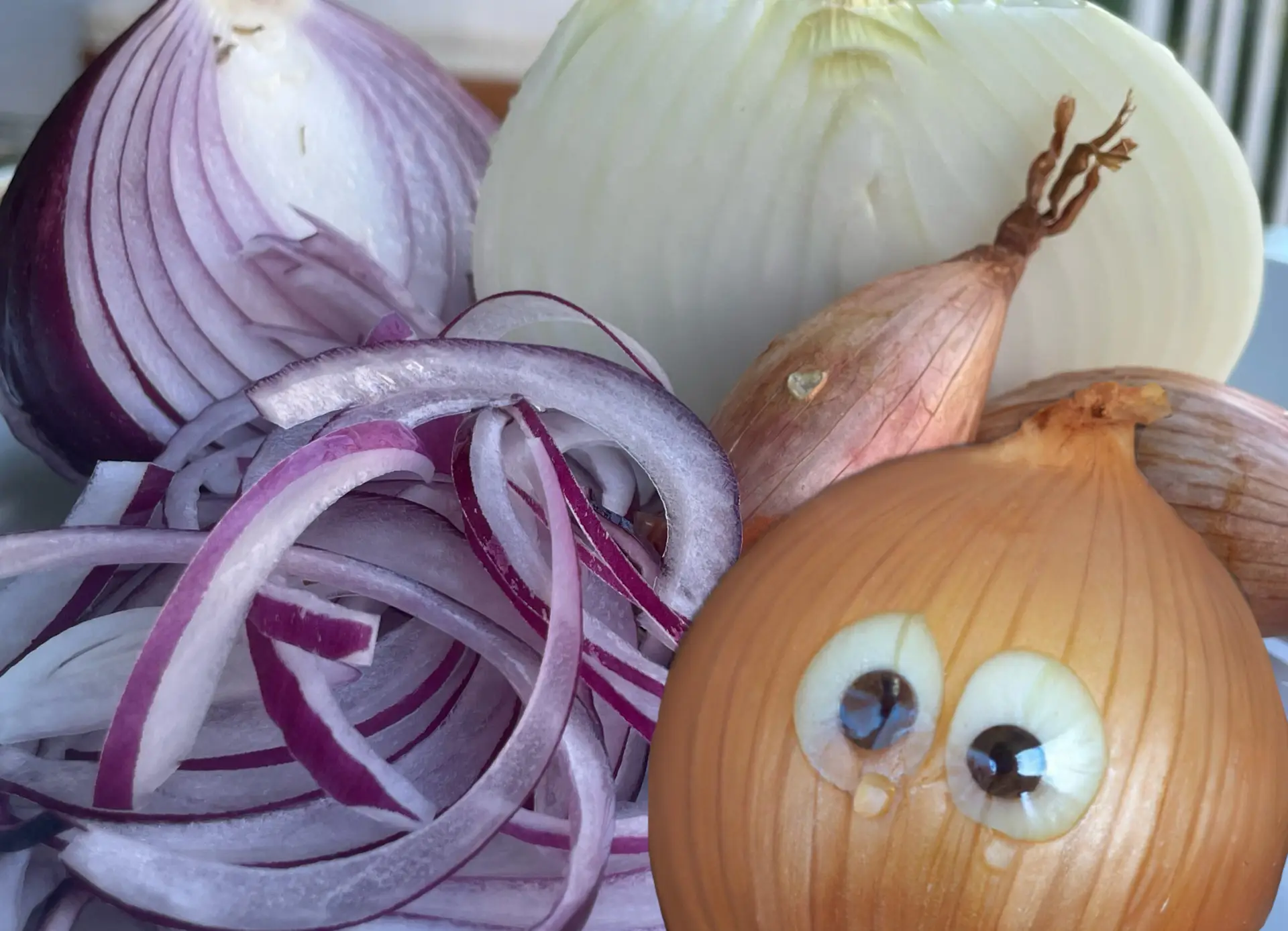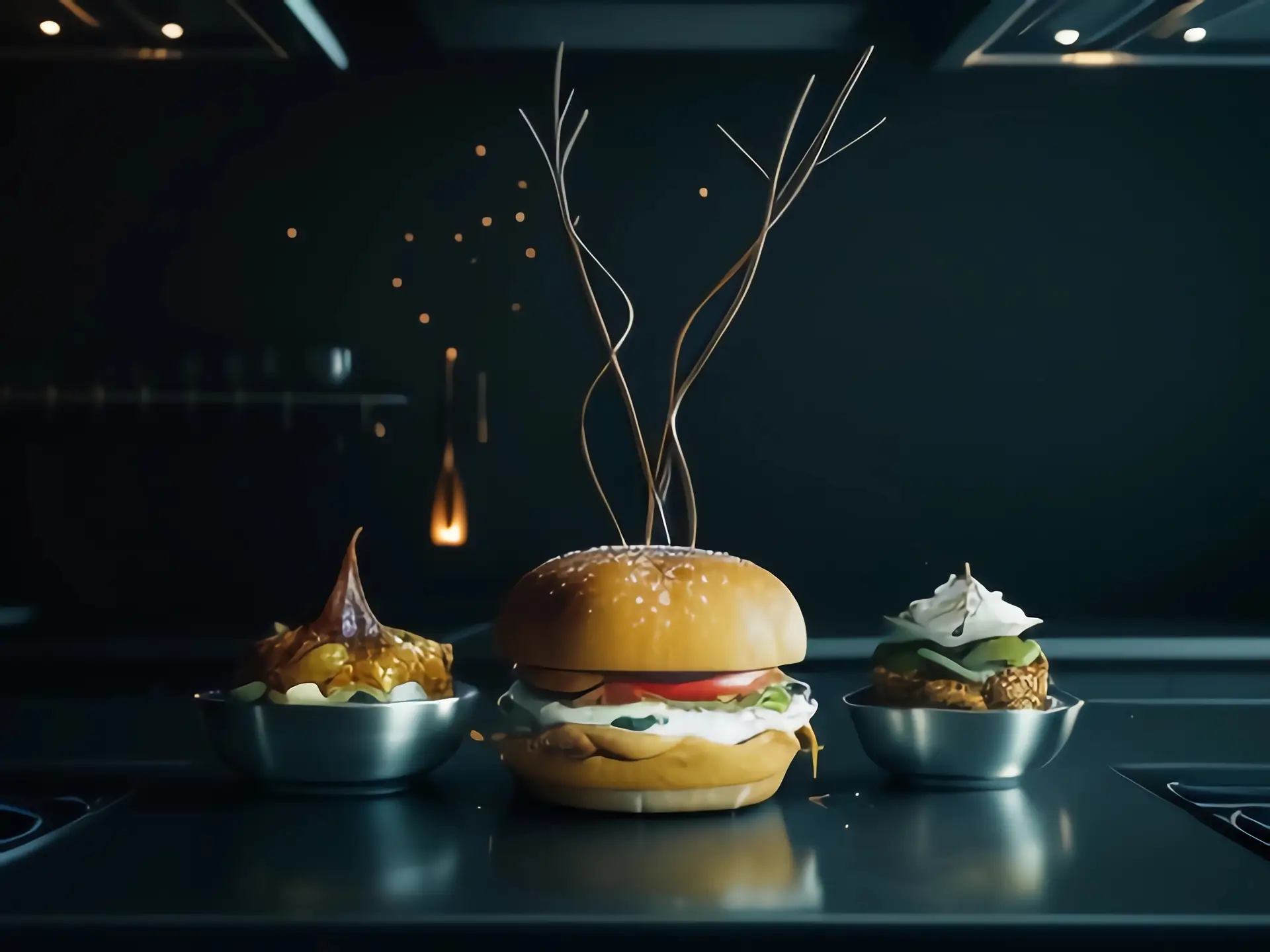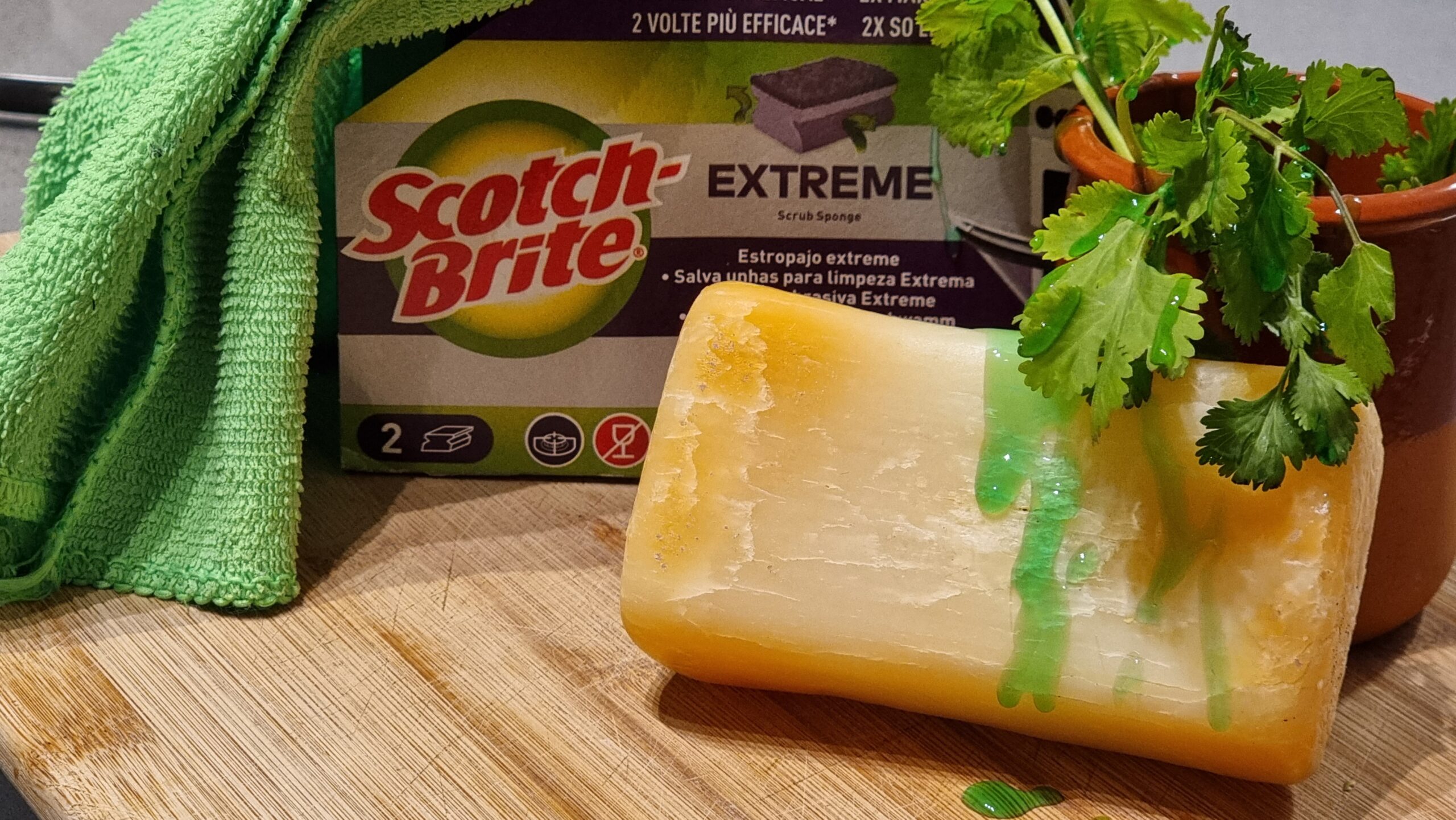Is it true that we must put the bones in cold water to start a stock?
*The word stock is used for beef stock in the entire blog unless specified
Chef Jules Gouffé wrote in his cookbook Le livre de cuisine that beef stock is “the soul of ordinary cooking” (in french). It’s true, rather than using water which is not-so-flavorful (yes, water is not tasteless) we’ve been using stocks, to make our soups, sauces and no we’re not gonna go on a list here, for a very long time. Its flavor depends on the way we treat it or make it like all of the other things in the universe for example – bones roasted or unroasted, presence of vegetables, type of water, presence of wine, artificial enhancers, etc. But cookbooks are filled with admonitions like ”the gradual heating of the liquid is of the highest importance for the clarity as well as for the flavor-fullness of the broth” from Le livre de cuisine by Madame E. Saint-Ange (1867), ”The broth must come to a boil very slowly, otherwise, the albumin coagulates, hardens and the water, not having had the necessary time to penetrate the meat, prevents the gelatinous part of the osmazome from detaching itself from it” from L’art de la cuisine française au XIXe siècle (1883) by Marie-Antoine Carême, perhaps the most famous of all the French chefs, also known as ‘cook of emperors’ and some 10 years before Carême, Brillat-Savarin wrote the same thing other words. But how is it justified?
The bones must be placed in cold water, argued Marie Ébrard in one of her books, which is still very reputed. The common misconception is that if we place the bones in hot water the protein on the outer layers will coagulate and will cease the water to penetrate through the bone or meat and hence reducing the extraction of juices. But I find it hard to understand why, after four or five hours of cooking, the smell and taste should still depend on the temperature of the water at the outset. But it’s completely reasonable to say that vigorous boiling of a stock will result in a cloudy one because the mechanical agitation of the broth places in suspension particles that have been separated from the meat or the bone, now to make it clear we tend to strain it at the risk of weakening its flavor. Gouffé said ”There comes a moment when the meat is cooked and has nothing more to give you in a way of juice or aroma. To let it remain in the pot after it has been completely exhausted by cooking, far from improving the broth, risks spoiling it”. So keeping all of this in mind the time must be calculated beforehand to get good stock.
But it is clear that the release of meat’s ‘juices’ is related to the flavors of stock, nothing vanquishes an experiment, so let’s take two pieces of meat from the same animal’s same cut and of identical size, but one of the peace in cold water and the other in boiling water and put both the pots on the flame, identical too if possible, and periodically weigh the two pieces. We will find that the mass is very rapidly reduced in the boiling water and more slowly in the cold water. However, after about an hour of cooking, the two pieces will have lost the same amount (give or take a gram). A blind tasting of the resulting stocks of the same experiment was done at AgroParisTech by Hervé This and the results proved that both of the stocks were identical. But if seen on a molecular level the stock which undergoes more evaporation will be much stronger, so why not start with less water in the beginning if we are making the stock in a pressure cooker?
So the conclusion is it doesn’t matter if we start with cold or hot water, we must take into consideration the amount of water that remains after cooking. On a different topic, the extended part of the research done at AgroParisTech states that after exhaustion if the meat is left in the broth to sufficiently cool down, its mass can increase by more than 10%, because the meat absorbs the liquid back. Then why not let the meat cooked in one environment be cooled in another? Countless Imaginations.







